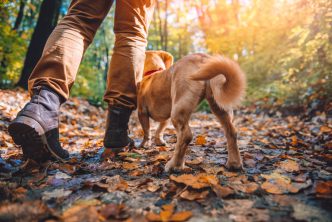Hiking is a great way to be active and connect with nature. It can help manage stress, keep you active and it’s a fun activity to enjoy with friends and family.

There are a few tips for mountain hiking to follow to ensure you have the best experience possible. Read on for a few rules to follow on your first hike.
Mountain Hiking Tips for Beginners
Planning your first mountain hike is an exciting experience. Here are a few things you should know before you head out on the trails.
1. Choose the Right Trail

If you want some tips for mountain hiking, there are plenty of online resources you can use, including online databases and apps with information about mountain trails.
It’s easy to see your itinerary on a map, find information about the length of a trail, or look for tips from other hikers. Research different trails in the area you want to explore to find out more about difficulty and scenery.
The Yosemite Decimal System is a convenient way to classify mountain trails based on how difficult they are. It’s a system that applies to climbs, but class one through three can describe the difficulty of a trail.
A class one trail is typically well-maintained and doesn’t have a steep incline. A class three trail has more obstacles, some rocks, and vegetation that can slow down your progression.
The length of the trail is another aspect to consider. Assess your fitness level and ask yourself how far you can walk.
You should also look at other nearby trails and intersections. Is it possible to take a different trail to go home early if you get tired?
2. Get Familiar with the Trail

Look for reviews and advice from other hikers to find out about any significant obstacles or noteworthy spots on a trail. If you’re planning on hiking with a dog, make sure you check out the rules. Some trails do not allow animals.
Google Maps and Google Earth can be useful tools for visualizing your itinerary, finding the spots with the best scenery, and anticipating some of the obstacles.
If you’re planning a long hike, it might be a good idea to hike different portions of the trail before doing the entire thing. You can drive to a certain point, hike for a while, and turn back. Repeat this process until you’ve explored the entire trail and feel confident about hiking the entire length of the trail.
3. Choose the Right Day
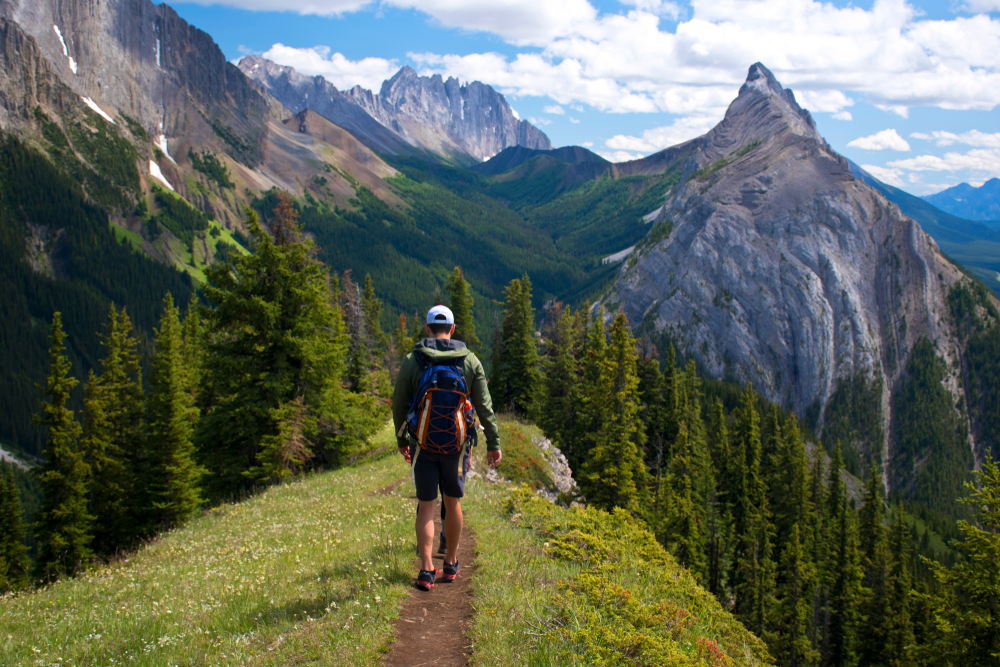
Picking a day with mild weather is one of the best tips for mountain hiking for beginners. It’s best to leave early in the day to avoid the hot afternoon sun.
Hiking on a hot summer day can be an uncomfortable experience and increases your risks of heatstroke. Hiking in cold weather can be challenging if you don’t have the right gear.
Spring and fall hikes are best for beginners. You shouldn’t hesitate to postpone your hike if it rains or if the weather is warmer than you expected.
4. Tell Someone Where You’re Hiking
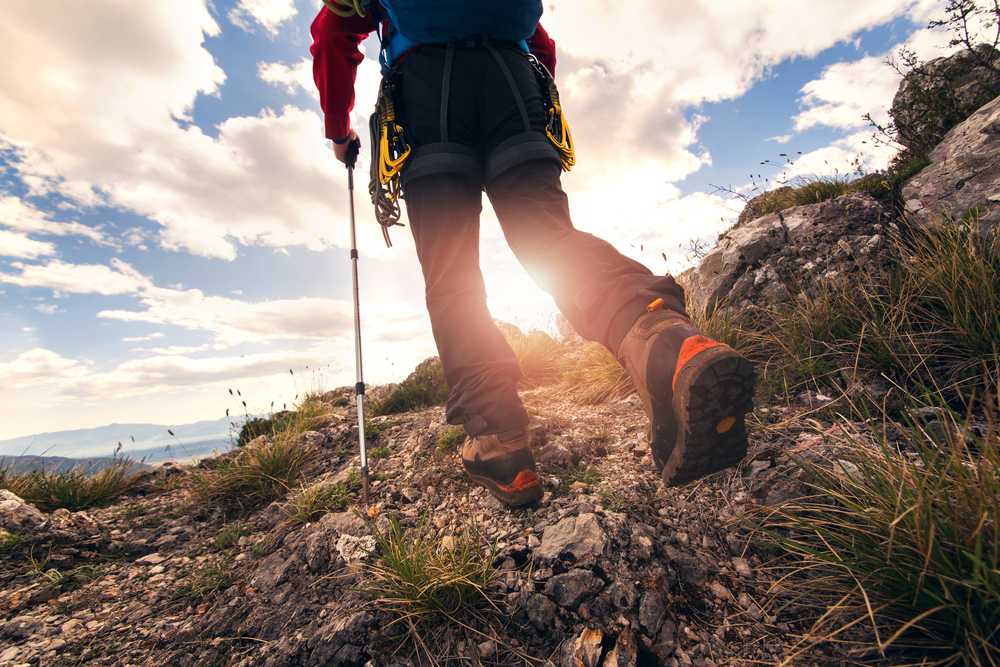
One of the most important tips for mountain hiking is telling someone where you’re going. You should tell a friend or relative where you’re going, when you’ll be back, and give them a copy of your itinerary.
It’s a good idea to schedule some check-ins with this person. Call them when you’re halfway through the hike, and call them when you head home.
If possible, hike with someone and invest in a satellite phone if you want to hike in remote areas.
It’s important to tell someone where you’re going to increase your chances of receiving help fast if you get lost or hurt.
5. Pack the Ten Essentials
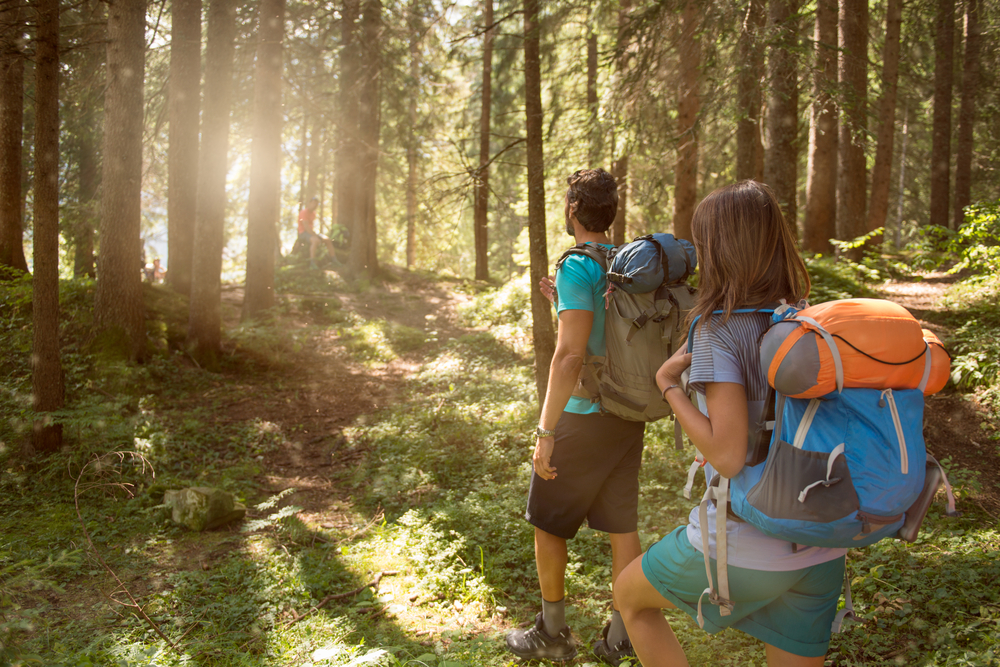
The ideal packing list depends on the weather, the area, and the duration of the hike. There are a few essentials you should bring regardless:
- Water. Bring more water than you think you’ll need and invest in a lightweight insulated water bottle.
- Food. Bring more food in case the hike takes longer than expected. Choose food rich in proteins and carbs. Nuts, dried fruits, and hard cheese are easy to eat on the go.
- Clothes. Dress with different layers and choose breathable fabrics. Bring additional protective clothing in case the weather changes.
- Light. Bring a headlamp and some spare batteries in case you get lost and end up in the wilderness at night.
- Sun protection. You’ll need plenty of sunscreen, sunglasses, a hat, and some dark clothes with long sleeves.
- First aid kit. You should pack a first aid kit, any medications you’re taking, insect repellent, and blister pad cushions.
- Fire. You might have to light a fire for heat if you get lost. Bring some matches, a lighter, or a waterproof fire starter kit.
- Shelter. Pack an ultralight tarp or a lightweight backpacking tent.
- Tools. You’ll probably need a few tools, including a knife, a multi-tool, and a tent repair kit for your shelter.
- Navigation tools. It’s a good idea to have backup navigation tools instead of relying solely on your phone’s GPS feature. Bring a map, a GPS, and a compass.
6. Wear the Right Gear
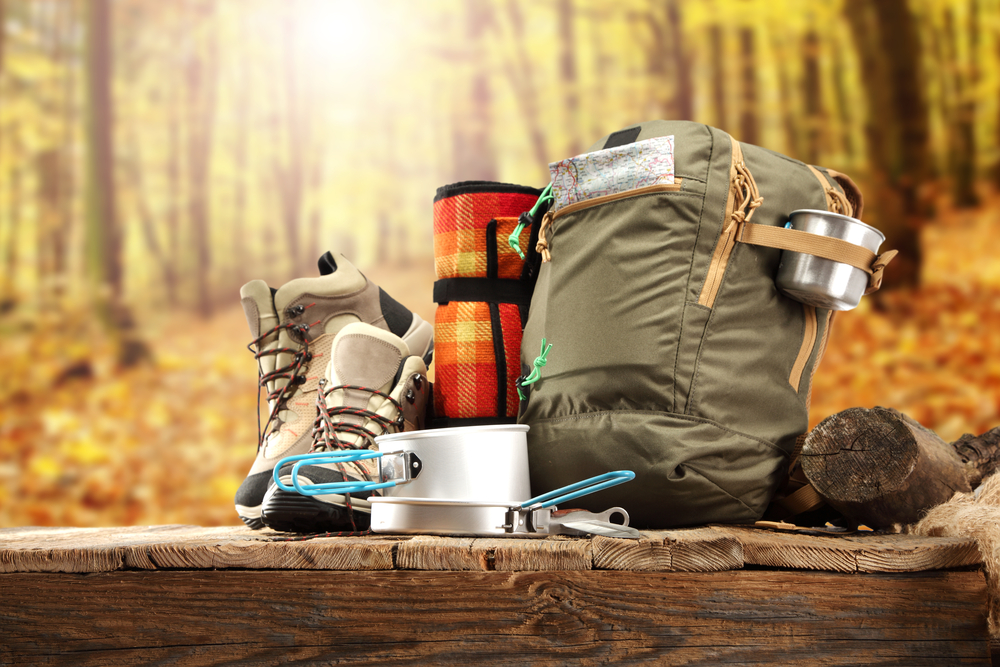
Quality gear will keep you safe and ensure that your hike is a good experience.
You’ll need a lightweight backpack. Choose the right size for the duration of your hike and look for supportive features like a sturdy frame. Opt for a backpack with a back mesh panel for ventilation and look for exterior pockets to keep essential items easy to access.
There are plenty of options to consider when it comes to footwear. You can wear ultralight trail shoes on well-maintained trails or invest in mountaineering boots for more challenging climbs. Your shoes need to fit properly, and you might want to break them in before the hike.
Look for breathable moisture-wicking activewear for your base layer. You should have a mid-layer with warm clothes that provide insulation and a third layer with a warm waterproof jacket. Bring a rain jacket in case of precipitation and choose clothes that are easy to take off in case you want to remove a layer.
7. Pack Light
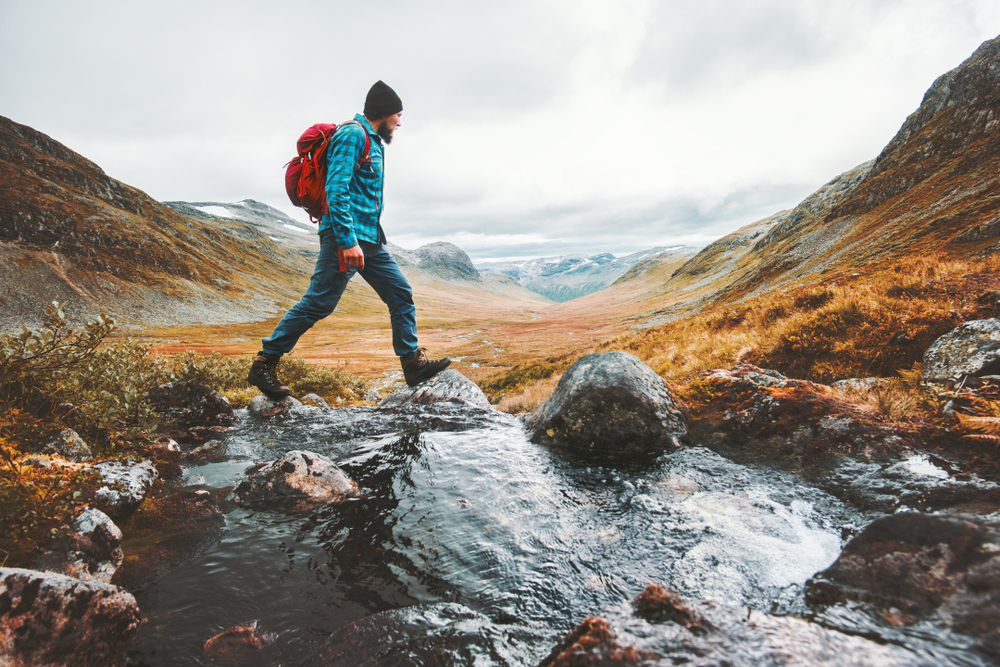
A day hike pack should only weigh 10% of your body weight. You can go up to 20% for a multi-day hike.
Invest in items like ultralight shelter, tent, or sleeping bag. Get rid of unnecessary items and replace items with lighter alternatives when possible.
Focus on calories and nutrition when packing your food. Dried fruits, nuts, hard cheese, powdered milk, protein bars, beef jerky, and freeze-dried beans and rice will deliver the most nutrition without taking too much space.
8. Pace Yourself

Remember that you’re hiking and not competing in a race. Most hikers walk at a speed of two or three miles per hour. Taking twenty minutes per mile is a good pace, but don’t hesitate to take longer if there are obstacles or an incline.
Invest in a GPS watch so you can keep track of your pace. You should stop every hour to rest for a few minutes and take longer breaks every two to three hours.
Your ideal pace depends on your fitness level, so don’t worry if you need more frequent breaks at first.
9. Leave No Trace
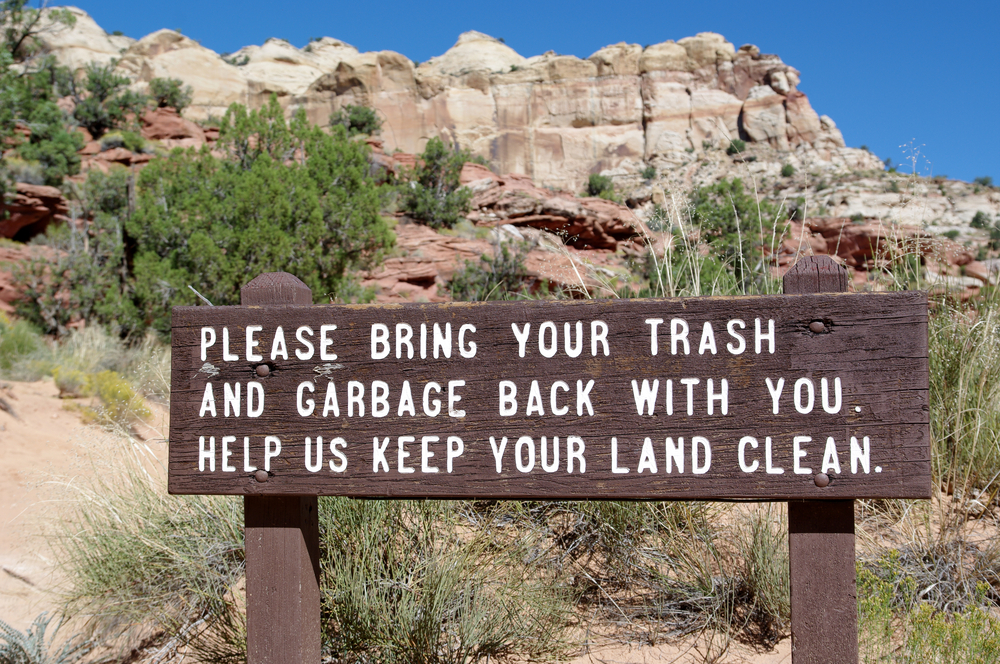
It’s important to respect nature and your fellow hikers on the trail. One of the most important tips for mountain hiking is to leave no trace.
Bring some zip-loc plastic bags so you can carry waste. Avoid exposing bodies of water to soap or sunscreen, and consider packaging your food yourself to reduce waste.
If you have to use the bathroom, stay away from small bodies of water to avoid contamination, and bring a camp trowel to cover up your traces. Parks and preserves sometimes have their own rules and advice for disposing of human waste.
Conclusion
You can make sure your first mountain hike will be a good experience by preparing for your adventure. Research the trail and area in advance, invest in quality gear, pack light, and don’t hesitate to ask fellow hikers for advice about the trail you want to hike,

